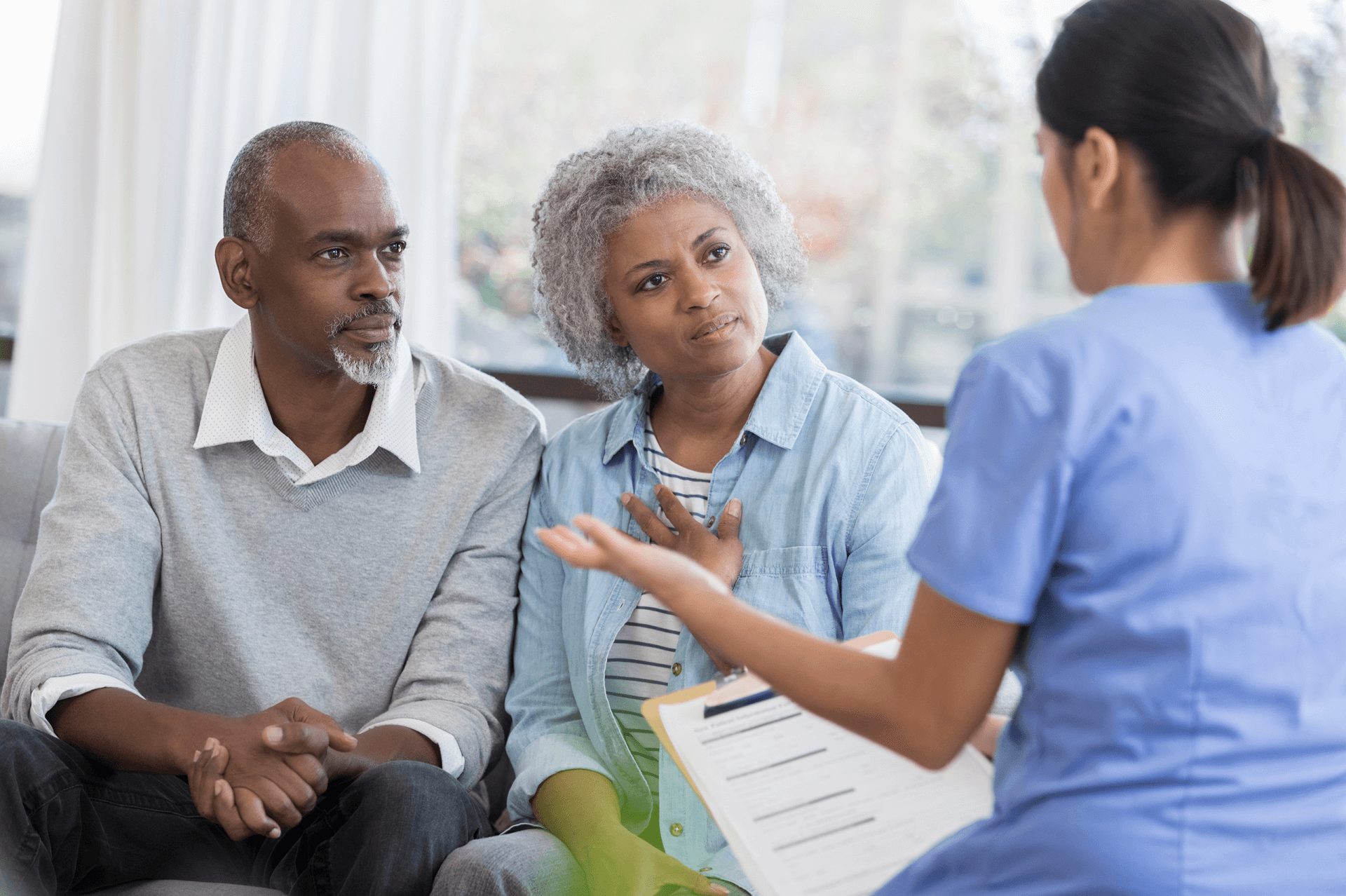Most spinal stenosis is caused by arthritis, which causes wear and tear to the protective cartilage surrounding the spine’s joints.
The condition creates a narrowing of the spinal canal, which then restricts the spinal cord and nearby nerves resulting in painful symptoms.
By the time a person reaches the age of 60, there is nearly a 20% risk of acquiring lumbar spinal stenosis — with the incidence increasing with age. Spinal stenosis is also a leading cause of spinal surgery in patients over the age of 65.
Chronic back pain can indicate a wide variety of spinal conditions, which is why you need an accurate diagnosis. The surgeons at Desert Institute for Spine Care are leaders in minimally invasive spine care and can help relieve the pain caused by spinal stenosis. If you’d like to talk to one of our professionals about spinal stenosis, contact us or make an appointment today!


The narrowing caused by spinal stenosis can occur at any level of the spine but is most common in the lower back’s lumbar region or the neck’s cervical region due to their mobility.
Turning and bending can lead to eventual degeneration caused by wear and tear over the years. As the spinal canal in these regions narrows, the spinal cord and exiting nerves can be compressed, especially with the constant moving and bending of the spine’s vertebrae.
The thoracic spine, located in the middle back, provides stability and support, making it less prone to spinal stenosis.
Spinal stenosis is most common in older adults due to the natural aging process. However, it can also occur in patients who have experienced a back or neck injury. Other factors can increase your risk of developing this condition, including genetic tendencies and a variety of spinal conditions, such as:
Most spinal stenosis is caused by arthritis, which causes wear and tear to the protective cartilage surrounding the spine’s joints.
When the soft inner material of the intervertebral discs herniates or escapes, it can press on the spinal cord or nerves.
Osteoarthritis and other conditions can lead to the formation of bone spurs, which can grow into the spinal canal.
This condition causes the spine to curve and can compress nerves and nerve roots.
Cancerous growths in the spinal canal can lead to the development of spinal stenosis.
The ligaments that hold the bones of your spine together can thicken with age and bulge into the spinal canal.
Whether spinal stenosis is located in your lower back or neck, it produces similar symptoms — just in different parts of the body. Two types of spinal stenosis can affect the spinal cord, central canal stenosis (middle of back or neck) and foraminal stenosis or lateral stenosis (to one side of your back or neck).
Central stenosis can produce symptoms affecting your back, neck and one or both legs or arms. Foraminal stenosis typically affects the exiting spinal nerve to one side with symptoms in the back and leg or neck and arm. Lumbar spinal stenosis leads to symptoms in the legs and feet, while cervical spinal stenosis causes similar symptoms in the arms and hands.
While spinal stenosis can be asymptomatic, pain is usually the first indicator that there is additional pressure being put on the spine.
Other symptoms could include:
Treatment for spinal stenosis depends on an accurate diagnosis. At DISC, our spine surgeons take the time to communicate with patients, striving to understand their unique symptoms. We then aim to pinpoint the specific pain generator causing your spinal symptoms. Using our proprietary diagnostic techniques called Personalized Pain Diagnostics (PPD), we can determine if spinal stenosis is the cause of your back pain.

There are a variety of minimally invasive treatment options for spinal stenosis. At DISC, we first emphasize nonoperative procedures to address pain and strengthen and support spinal structures. These may include:
If pain persists or if your condition leads to nerve compression, your doctor may recommend surgical treatment for spinal stenosis. We offer a range of options, and our surgeons specialize in minimally invasive endoscopic surgery.
When you receive treatment from the spine specialists at DISC, you can count on accurate diagnosis and a range of treatment options to help you find pain relief and restore your lifestyle. Find out more when you contact us online to schedule your appointment.
Our spine health blog features up-to-date spine education and expert spine tips from our spine specialists here at DISC.
1635 East Myrtle Avenue Suite 100, Phoenix, AZ 85020, USA
18700 North 64th Drive Suite 105, Glendale, AZ 85308, USA
8630 East Vía de Ventura Suite 210, Scottsdale, AZ 85258, USA
3487 South Mercy Road, Gilbert, AZ 85297, USA
1635 East Myrtle Avenue Suite 400, Phoenix, AZ 85020, USA